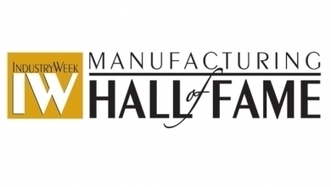Dec 21 2012
Hosting factory visits: 10 best practices
See on Scoop.it – lean manufacturing
With 40 visits to factories all over the world this year, I have seen both good and not-so-good practices for hosting factory visits. In this post I share some of the learning points. Here are ten …
It is easier to find advice on how to visit factories than on how to host visits. Torbjørn Netland fills this gap.
See on better-operations.com



Dec 27 2012
Organizational Sabotage – The Malpractice of Management By Objective by Ken Craddock & Kelly Allan
See on Scoop.it – lean manufacturing
This article brings a new perspective on the discussion of the same topic in this blog.
See on www.processexcellencenetwork.com
Share this:
Like this:
By Michel Baudin • Deming 0 • Tags: Deming, Drucker, Management, Management-By-Objectives, MBO